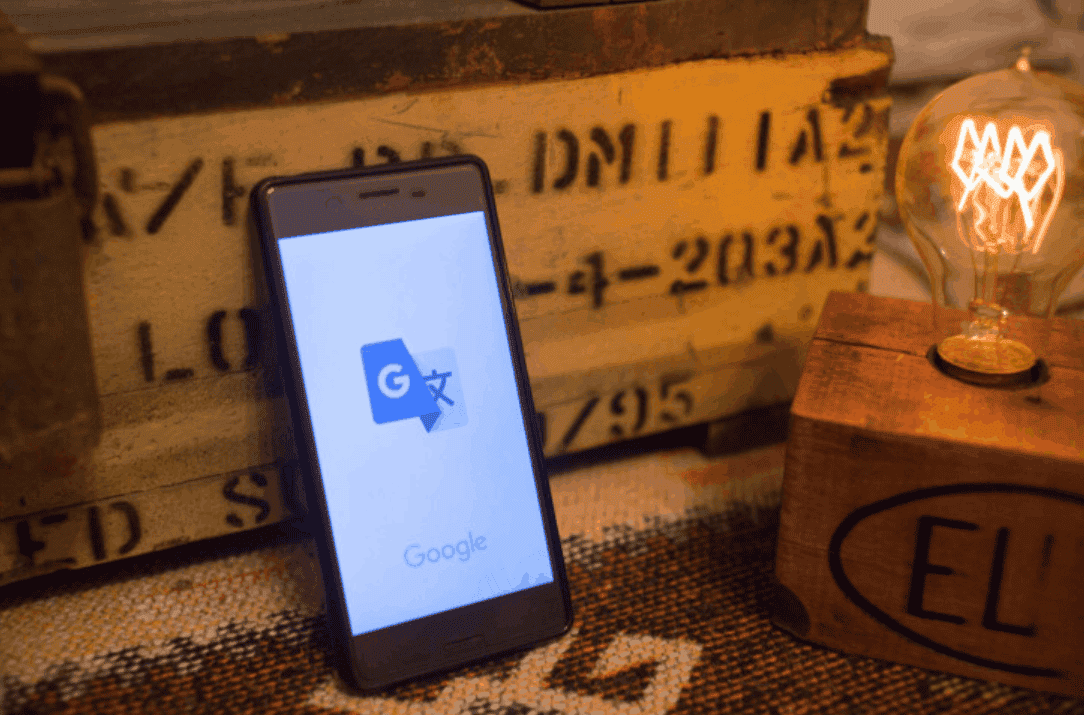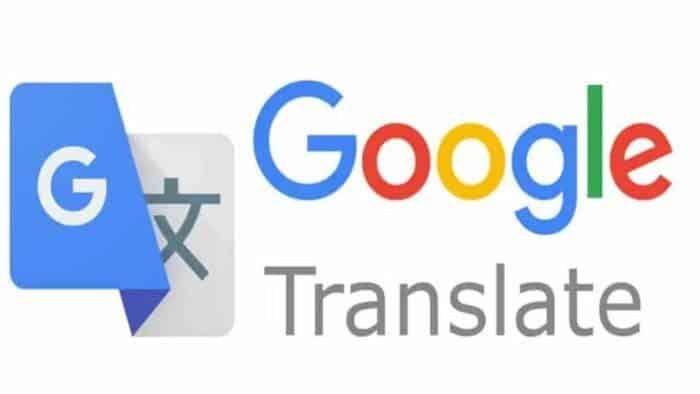Google Translate just made a giant leap towards connecting the world! In their biggest update ever, they’ve added a whopping 110 new languages to their translation tool. This exciting move is part of Google’s ambitious plan to create AI that can translate all of the world’s 1,000 most spoken languages, making communication easier for everyone.
Google Translate Breaks Down Barriers with Massive 110-Language Expansion
Super Smart AI Makes it Happen
This amazing feat is powered by Google’s cutting-edge PaLM 2 AI. Imagine a super-smart computer program that’s been trained on mountains of text and code. That’s PaLM 2! It understands human language so well, it can translate between major languages and those spoken by smaller groups of people. This means more people can connect and share ideas, no matter where they live or what language they speak.
Over 600 Million New Voices Can Now Be Heard
This update brings the voices of over 614 million new speakers to Google Translate! It especially focuses on adding African languages, making translation easier for people who speak Fon, Kikongo, Luo, and many more. This is a big step towards breaking down communication barriers across the continent.
Exploring New and Interesting Languages
The new languages Google Translate added come from all over the world, each with its own unique story:
- Afar: Spoken in parts of East Africa, Afar benefits from help from volunteers to ensure accurate translations.
- Cantonese: Widely spoken in southern China, Cantonese has its own special words and way of speaking, making it a popular choice for users.
- Manx: This Celtic language from the Isle of Man is making a comeback after almost disappearing completely! Now, it’s included in Google Translate, showing that it’s here to stay.
- N’Ko: This writing system is used for several West African languages and has its own special alphabet. Now, Google Translate can handle this unique way of writing.
- Punjabi (Shahmukhi): This version of Punjabi uses a different alphabet than usual and is spoken in Pakistan and by Punjabi people around the world. Including it in Google Translate helps people connect across borders.
- Tamazight (Amazigh): Spoken by Berber communities in North Africa, Tamazight has two writing systems. Google Translate can understand both, making it easier for more people to use.
- Tok Pisin: This language mixes English with other languages and is widely spoken in Papua New Guinea. Now, Google Translate can help people communicate more easily in this Pacific island nation.
Going Beyond Borders: Understanding Local Differences
Google pays attention to the different ways people speak the same language in different places. For example, the Romani language in Google Translate includes elements from several Romani dialects, making translations more natural-sounding.
Working Together to Make it Even Better
The clever PaLM 2 model can even use its knowledge of related languages to translate languages that share a common history. This is helpful for languages like Awadhi and Marwadi (both related to Hindi) or Seychellois Creole and Mauritian Creole (both based on French).
This is just the beginning for Google Translate! They’re always working with language experts and native speakers to add even more languages and regional variations in the future. By making communication easier across borders, Google Translate is helping to create a world where everyone can understand each other.
Google Translate’s Big Dream: Bridging Languages, Building Bridges
Google Translate is on a big mission! Their 1,000 Languages Initiative aims to teach super-smart computers to translate all the different languages people speak around the world. This isn’t just about helping people chat with friends in other countries – it’s about giving a voice to smaller languages and the people who speak them.
Making Mountains Out of Molehills
Translating languages that not many people speak can be tricky. There might not be many books or websites written in those languages, which makes it hard for computers to learn how to translate them. But this project is a chance to bring these languages back to life! By working with language experts and people who speak these languages at home, Google can help create written materials and give these languages a stronger voice. This means more people can learn about different cultures and traditions, and smaller communities can connect with the wider world.
Super-Smart Computers Do the Trick
Translating languages normally involves feeding computers tons of examples of text in two languages. The computer then learns to spot patterns and translate new text based on what it’s seen before. But for this big project, Google needs a super-smart computer program – enter PaLM 2! This program is like a super brain, trained on mountains of text and code. It can understand the connections between different languages, even if there aren’t many written examples available. This lets it translate even the trickiest languages.
Why All the Different Languages Matter
Languages aren’t just a way to order food! They reflect how people see the world and understand their cultures. Having a wider variety of languages around helps people from different backgrounds connect and learn from each other. It also opens doors to new jobs and opportunities – imagine being able to do business with people all over the world, no matter what language they speak!

Helping People in All Sorts of Ways
Google Translate’s big language leap can help people in many ways:
- Tourists: Imagine exploring a new country and being able to understand signs, menus, and even ask locals for directions – all with the help of your phone!
- Businesses: Companies can work with partners from other countries more easily, without getting tripped up by language barriers.
- Students: Learning can be more fun when you can access resources in your own language.
- Doctors: Making sure everyone gets the healthcare they need is easier when doctors and patients can understand each other.
These are just a few examples! As the world gets smaller, being able to talk to each other is more important than ever.
There’s Always Room to Improve
Of course, there are still challenges. Some languages are spoken by very few people, and others are constantly changing. But Google Translate is always learning and getting better. By working with language experts and the people who speak these languages every day, they can keep improving their translations and making sure nothing gets lost.
The Future is Looking Bright!
Google Translate’s big expansion is just the beginning. Imagine a world where anyone can talk to anyone else, no matter what language they speak. This project has the potential to break down barriers, share cultures, and create a more connected world for everyone.






In today’s digital age, navigating the online landscape can sometimes feel like trekking through a treacherous wilderness. Lately, I found myself ensnared in a web of deceit spun by a group of frvudsters, leaving me feeling helpless and devastated. However, amidst the chaos, I stumbled upon a beacon of hope – Telgram: COINRECLAIMSERVICE / Wassap : +1 (360) 831-8690 a recovery agency that would become my saving grace.
From the moment I reached out to them, their team exuded professionalism and empathy. They listened attentively as I recounted my harrowing ordeal, offering reassurance and guidance every step of the way. It took us only 18 hours to recover my entire pension which i initially lost.
their impact extended far beyond mere financial restitution. In the midst of despair, they provided a beacon of light, restoring my faith in humanity and reaffirming that goodness still exists in this digital wilderness. Their unwavering dedication to their clients is nothing short of commendable, and I am eternally grateful for their invaluable assistance. Just as i promised, i will always give reviews about them if i see a chance to, just incase theres anyone who is going through such situation like i did, below is there lines of communication.
COINRECLAIMSERVICE [AT] GMAIL . COM